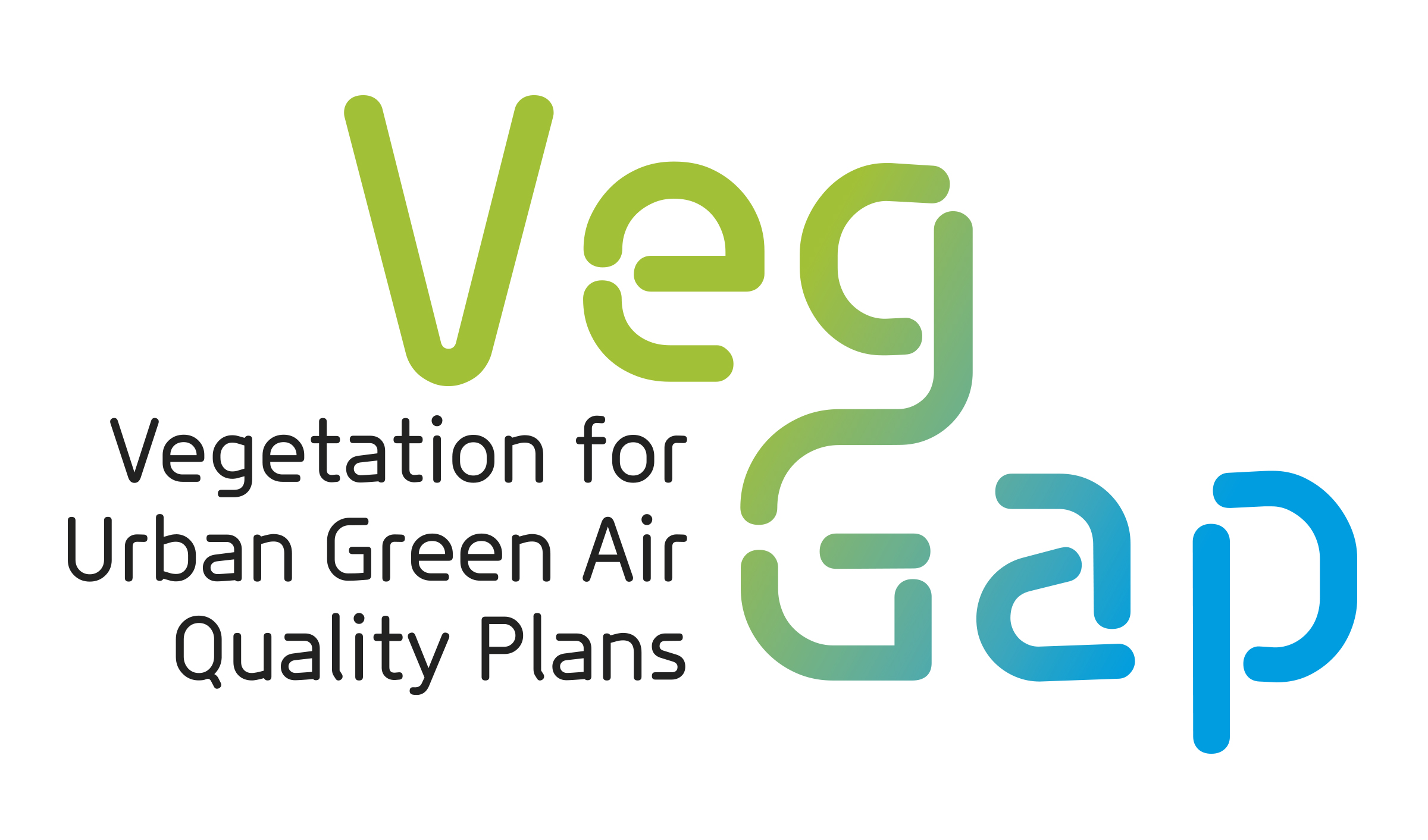The importance of citizens
and their innovative associative models for the production, distribution and
consumption of energy from RES (renewable energy sources) within housing
developments with the highest standards of energy efficiency - so-called energy
communities - are key factors increasingly prominent in European ecological
transition. Not only these communities could become strategic “prosumers” of
electricity, but at the local level there is a growing awareness among
politically relevant actors that citizen behavior is the key to a successful
energy transition.
A demonstration of this was
presented on 24 and 25 September, in the framework of the European Horizon 2020
project NRG2peers, whose aim is to facilitate
the emergence of energy communities, when the Municipality of Milan organized
in its Borgo di Chiaravalle two days of meetings, games for children,
activities and in-depth analysis among citizens and local realities to raise
awareness on urban energy issues and promote innovative solutions to their
multiple criticalities, thanks to the study and replication of successful
cases.
During the first day of the
roadshow with the objective of presenting and raising awareness of the
activities of the Resilient
City Project Directorate of the Milan Municipality and the projects
implemented in the Milan area of Chiaravalle aimed at achieving both the
ambitious objectives of the Paris Agreement on climate change and carbon
neutrality, Mihaela Mircea illustrated the
contributions of the VEG-GAP project in the Pilot City of Milan, offering an
example of how for the success of energy communities, the contributions made by
the study on the effects of vegetation on urban air quality and climate are
indispensable, as they are able to enhance the synergies between their actions
at building and district level (e.g. in the mitigation of so-called "heat
islands" even within residential spaces or in the energy efficiency of
buildings implemented with Nature-Based Solutions such as "green"
walls and roofs).
In particular, the
contribution of the VEG-GAP project coordinator to the roadshow can be summarized
with the following findings:
1. Air temperature and
pollution levels over the city area vary according to different combinations of
vegetation and urban morphology.
2. Hourly variations of air
temperature and pollution levels are several times higher than yearly
variations and they should be considered in health effects assessments, both
for humans and ecosystems.
3. Strategies to combat air
pollution and climate change in the cities should be designed jointly
considering the urban ecosystems/vegetation characteristics.
4. The effects of urban
planning and design on air pollution and climate change should be assessed
since it has a long term impact on future of the city.


